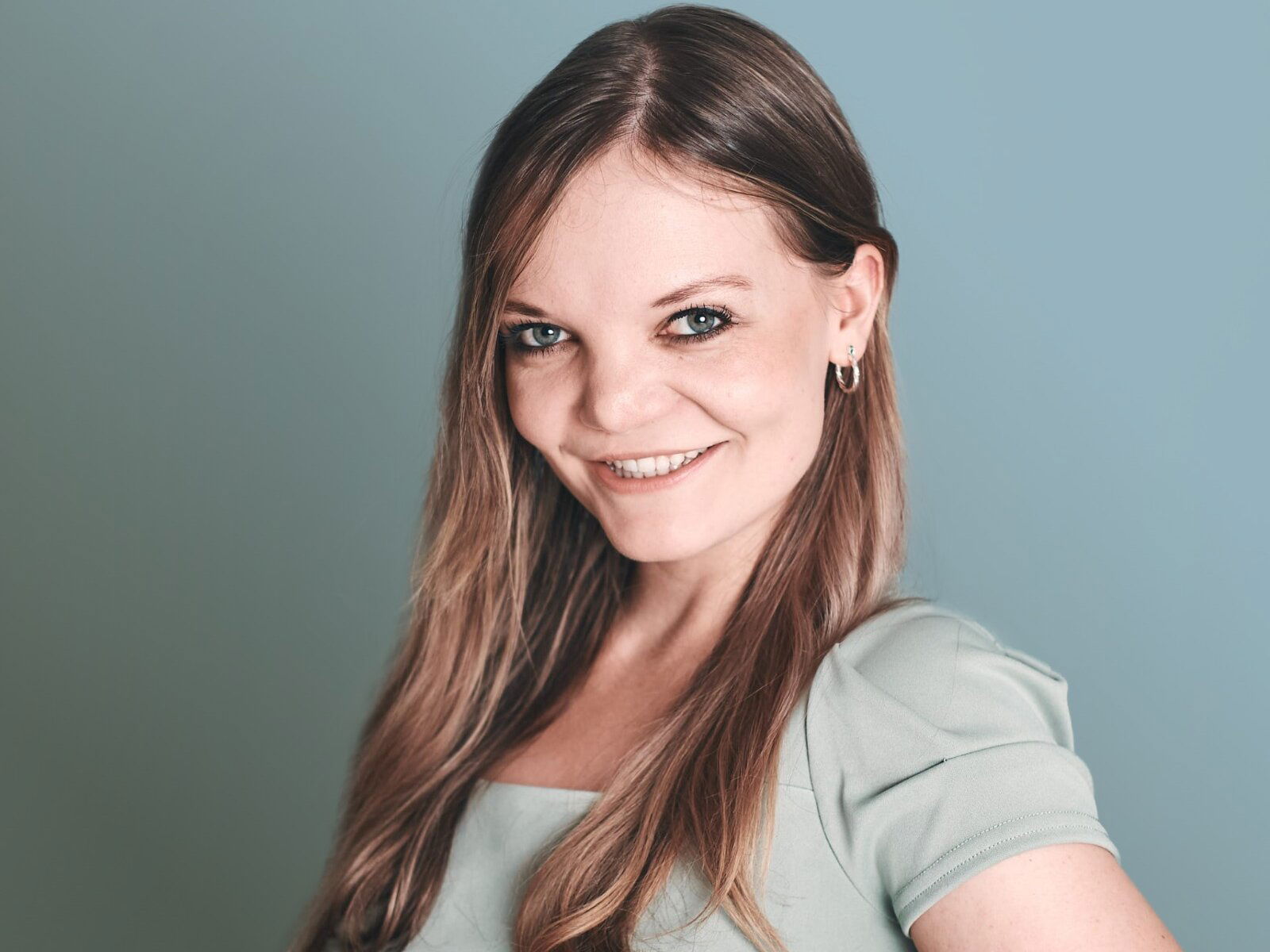
Living in New Zealand
Many people dream of emigrating to New Zealand. But what is it like to live on the other side of the world? What about the climate in the southern hemisphere? What does it cost to live in New Zealand? And what should you know about living in New Zealand before making that move? In this article, we cover everything you should know about living in New Zealand.
General information about New Zealand
The island state of New Zealand is in the southern hemisphere – almost exactly opposite Spain, on the other side of the globe. New Zealand is in the southwest Pacific and belongs to the continent of Oceania. Its closest neighbour is Australia. New Zealand is made up of one main island and several small ones, spanning a total of 16 regions. Its official languages are English, Māori and New Zealand Sign Language (NZSL). With 5.1 million inhabitants spread across 268,021 square kilometres, New Zealand is quite sparsely populated compared to Germany with 83.8 million people spread across 357,592 square kilometres. 87 per cent of “Kiwis”, as the New Zealanders are also known, live in the country’s cities. As part of the British Commonwealth of Nations, New Zealand is an independent parliamentary monarchy with King Charles III as its head of state.
New Zealand is known for its luscious greenery and wide variety of landscapes – from beaches, forests and lakes to fjords and snow-capped mountains. Between hiking, swimming, cycling, boating, skiing and more, nature lovers and sports enthusiasts are spoilt for choice. You can also discover the Māori culture by visiting a Māori village or Waipoua Forest.
But how much free time do you actually have when you live and work in New Zealand? Like in Germany, a full-time job in New Zealand requires you to work 40 hours a week. You are entitled to 20 days’ PTO plus 12 public holidays.
Mild climate
New Zealand’s climate is quite mild, especially along the coastlines. Temperatures usually range from around 12 to 25 degrees Celsius. But they can drop all the way down to -10 degrees in the Southern Alps of New Zealand. Because of New Zealand’s location in the southern hemisphere, the seasons are “the other way around”. That means spring lasts from September to November, summer from December to February, autumn from March to May and winter from July to August. As beautiful as New Zealand’s landscapes are, natural disasters can occur here, too, just like anywhere else in the world. That includes tropical storms, earthquakes, volcanic eruptions, forest fires and floods.
Infrastructure in New Zealand
Due to its isolated location as an island state, ship and air travel are important ways of getting around, including ferry commutes between the North and South Islands. In Auckland, people also like to take water taxis for transport. Airplanes connect New Zealand to the rest of the world. The most important airline by far is Air New Zealand. Coaches (= long-distance busses) are a popular means of transportation for cross-country travel. Trains are more difficult to come by as the country’s rail network is only somewhat developed for passenger transport purposes. The only well-developed train lines run between Auckland and Wellington, plus another three long-distance tourist routes across the island state. Trams and buses are common in cities though. Many people choose to commute by car, as shown by the country’s high motorisation rate. The “New Zealand State Highways” network is the country’s major national highway network, making almost 100 roads accessible by car.
Driving in New Zealand
People drive on the left side of the road, but speeds are measured in kilometres per hour. The speed limit is 50 km/h in cities and usually 100 km/h on country roads and some highways. If you stay in New Zealand for less than a year, you can use your regular driver’s licence. You do, however, need to have it translated and certified. You also need to carry your certified driver’s licence translation with you, along with your original driver’s licence.
If you stay in New Zealand for more than a year, you need to have your driver’s licence converted to a New Zealand driver’s licence. Please contact the New Zealand Transport Agency to apply for a driver’s licence transfer.
You will need the following documents to convert your car licence:
- a passed eye test
- your passport
- your valid driver’s licence
- a certified English translation of your driving licence
Excellent healthcare and education system
Healthcare system
New Zealand’s healthcare system is known to be one of the best in the world. All citizens, permanent residents and some work visa holders have access to free or low-cost healthcare. Appointments with a general practitioner (GP) or specialist doctor are usually not free of charge, but heavily subsidised by the government, as is medication. Hospitalisation is covered by your health insurance. You have to pay for dental care out of pocket, however, children under 13 get dental treatment for free. Many New Zealanders decide to take out additional health insurance to cover their bases.
Education system
New Zealand is known for its excellent education system and usually performs among the best countries in international PISA (Program for International Student Assessment) studies. Up until the age of five, children can – but do not have to – go to kindergarten. From the age of five, children usually attend primary school. In New Zealand, schooling is compulsory from age six to 16.
- Primary school
A “full primary school” education takes eight years. However, children have the option of attending a “contributing primary school” for six years and then an “intermediate school” for another two.
- Secondary school
From year 9, school students go on to secondary school, middle school or junior high school. Another option is senior high school, which offers an even higher level of education.
- Degrees, certificates and qualifications
In year 11, you are awarded the National Certificate of Educational Achievement Level 1 (NCEA). In the following year, you reach an NCEA Level 2 and after year 13, you finally qualify for a NCEA Level 3, the equivalent of the German “Abitur”.
New Zealand has a total of eight universities as well as some Universities of Applied Sciences and Technical Institutes.
New Zealand’s current unemployment rate is 4.6 per cent, while Germany’s is 5.4. New Zealand is regarded as one of the safest countries in the world, though petty crime such as pickpocketing may occur in large cities.
Housing and cost of living
Housing
Rent in New Zealand is usually quoted per week rather than per month. The most expensive city to live in is Auckland. Prices here have risen a lot in recent years. You can expect to pay an average of NZD 662 (approx. €374) per week. Wellington, Christchurch, Tauranga and Hamilton are more affordable cities to live in. The national average cost of renting is NZD 400-600 (€225-340) per week, depending on the size of your flat. Electricity and utilities are extra.
If you are thinking about buying a home in New Zealand, your options are quite limited: as of 2018, non-citizens are no longer allowed to buy existing homes. Only under certain circumstances can you build a new house or buy a flat in a new residential complex.
Cost of living
The cost of living in New Zealand is roughly the same as in Germany. You can expect to pay NZD 70-100 (€40-56) per week. New Zealand also has discount food supermarkets as well as more expensive options.
Here is a list of common grocery items and what they cost at Pak’n’Save, a discount food supermarket in New Zealand:
- 2 litres of milk: approx. NZD 3.85 (€2.18)
- 1 loaf of bread: approx. NZD 3.50 (€1.98)
- 500g chicken breast: NZD 13.00 (€7.35)
Going to the cinema costs around NZD 16 (€9). A meal for two with drinks at a medium-priced restaurant is about NZD 100 (€50). By the way, you are not required to leave a tip at low- to medium-priced restaurants. It is customary to give a 10 per cent tip at upscale places, though. You would usually round up your taxi fair as well.




Emigration or Work and Travel New Zealand
Have we piqued your interest in visiting or even living in New Zealand? Then have a look at our other articles:
Key data about New Zealand
- Population: approx. 5.1 million
- Size: 268,021 square kilometres across 16 regions
- Capital: Wellington
- Largest city: Auckland
- Currency: New Zealand Dollar (aka “Kiwi-Dollar”; NZD, NZ$)
- Metric system: Distances are measured in kilometres, metres, etc.
- Official languages: English, Māori and New Zealand Sign Language (NZSL)
- Road traffic: Cars drive on the left side of the road, speeds are measured in km/h (kilometres per hour)
- German Embassy in New Zealand: Wellington
FAQs: Living in New Zealand
Like many other countries, New Zealand has a skilled labour shortage. The following jobs are particularly sought after:
- doctors and carers
- teachers and social workers
- tradespeople
- IT specialists
- engineers
- construction managers
- scientists
The costs of living in New Zealand are around NZD 70-100 (€40-56) per week. The average monthly rent is NZD 1.600-2.400 (€900-1,350), plus electricity and utilities.
The first German-speaking settler came to Peraki Bay in 1836/37. The most well-known German-speaking settlement in New Zealand is Puhoi, about 50 kilometres outside Auckland. As of today, around 200,000 people in New Zealand claim to have German roots.
Around 67 per cent of New Zealand’s population is of European descent. Only some 14 per cent are Māori; 9.6 per cent are Asian, and 6.7 per cent are Pacific Islanders, mostly from Samoa, the Cook Islands or Tonga.
You can emigrate to New Zealand if you have a permanent residence visa. These are the most common permanent visa types:
- Skilled Migrant Category Resident Visa: visa by points system
- Straight to Residence Visa: visa for Tier 1 category roles (Green List)
- Work to Residence Visa: visa for Tier 2 category roles (Green List) with additional work experience in New Zealand





